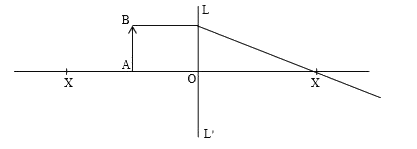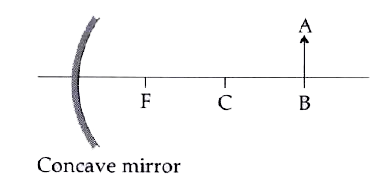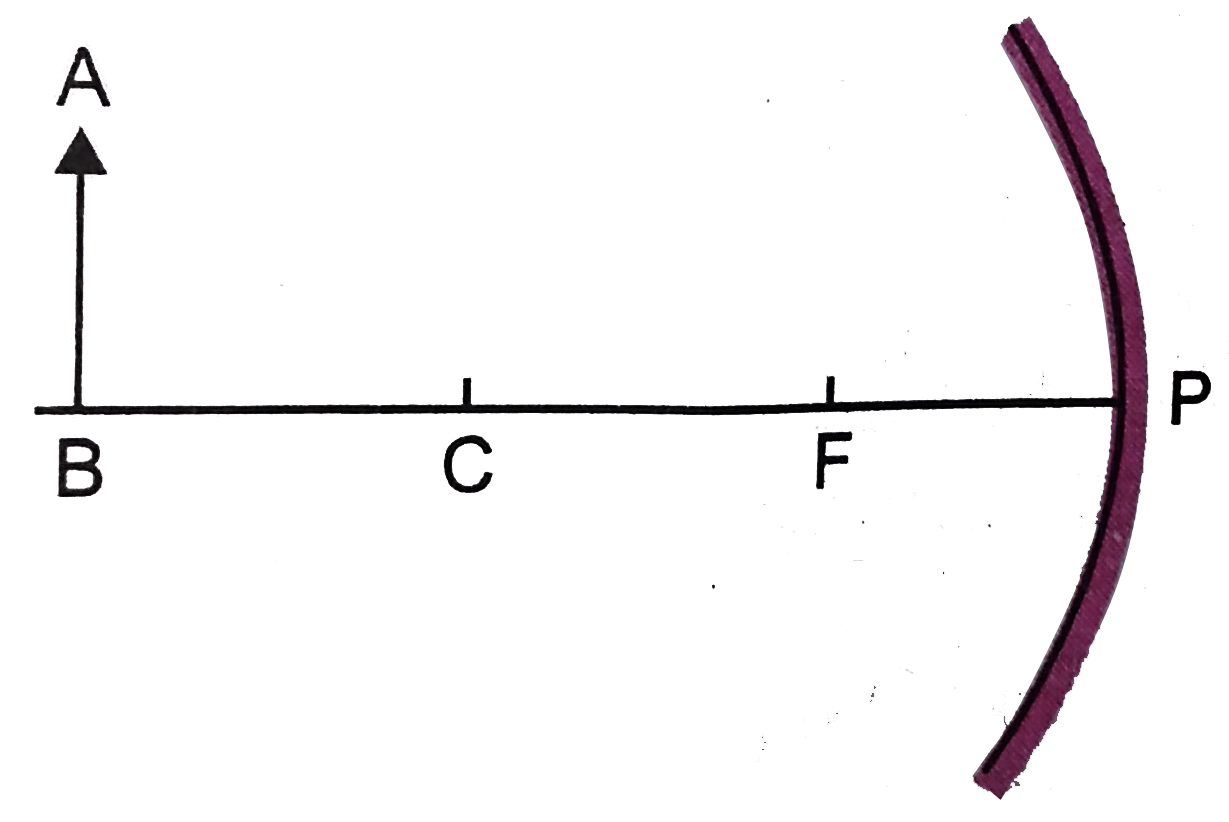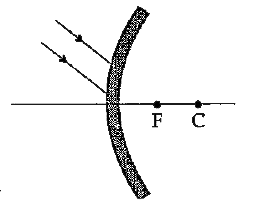
Copy and complete the ray diagram to show the formation of the image of the object AB
Step by step video & image solution for Copy and complete the ray diagram to show the formation of the image of the object AB by Physics experts to help you in doubts & scoring excellent marks in Class 10 exams.
Updated on:21/07/2023Topper's Solved these Questions
Similar Questions
Draw diagrams to show the formation of beats?
View SolutionCopy and complete the following ray diagram to obtain the image of the object AB kept in front of the concave mirror.

View Solution
Draw a ray diagram to show the formation of the image as specified in the part a.
View SolutionFig. shows a concave mirror with its pole at P, focus F and centre of curvature C. Draw ray diagram to show the formation of image of an object OA.

View SolutionA linear object is placed on the axis of a lens. An image is formed by refraction in the lens. For all positions of the object on the axis of the lens, the positions of the image are always between the lens and the object.
(i) Name the lens.
(ii) Draw a ray diagram to show the formation of the image of an object placed in front of the lens at any position of your choice except infinity.
View SolutionDraw a ray diagram showing the formation of image of a point object by a plane mirror.
View SolutionA virtual, diminished image is formed when an object is placed between the optical centre and the principal focus of a lens.
Draw a ray diagram to show the formation of the image with the above stated characteristics.
View SolutionAn object AB is kept in front of a concave mirror as shown in Fig.

(i) Complete the ray diagram showing the image formation of the object.
(ii) How will the position and intensity of the image be affected surface is painted black ?
View SolutionComplete the ray diagram as shown to show the formation of image for parallel rays incident on a convex mirror. State the position, nature and size of the image formed.

View SolutionAn object is viewed through a glass prism with its vertex pointing upwards. Draw a ray diagram to show the formation of its image as seen by the observer.
View Solution
